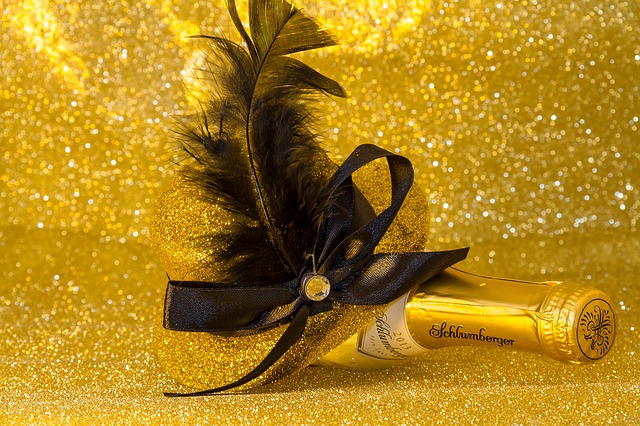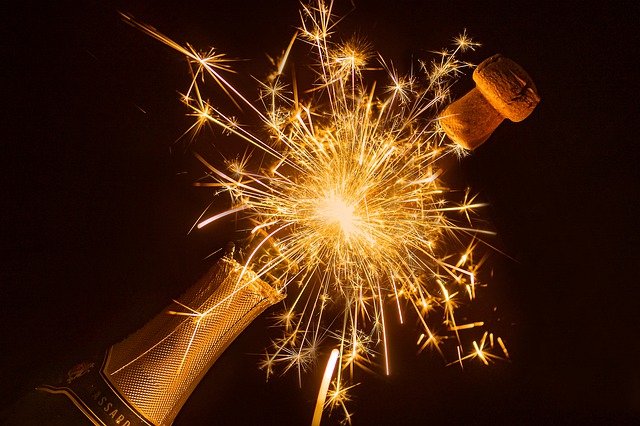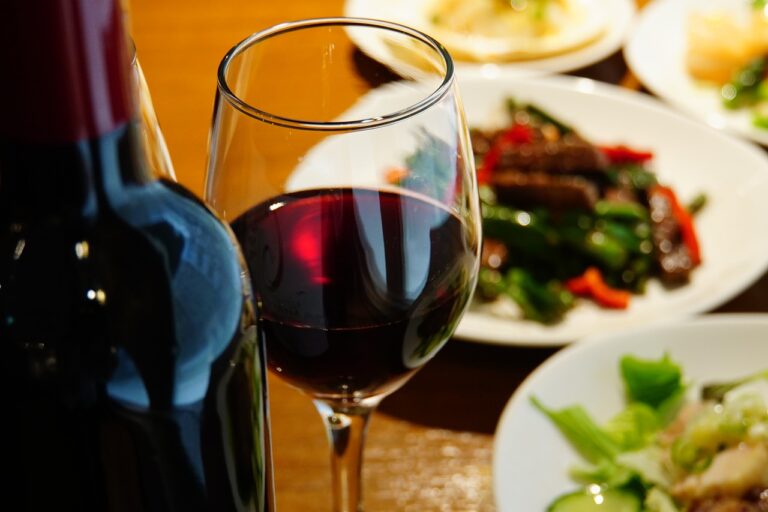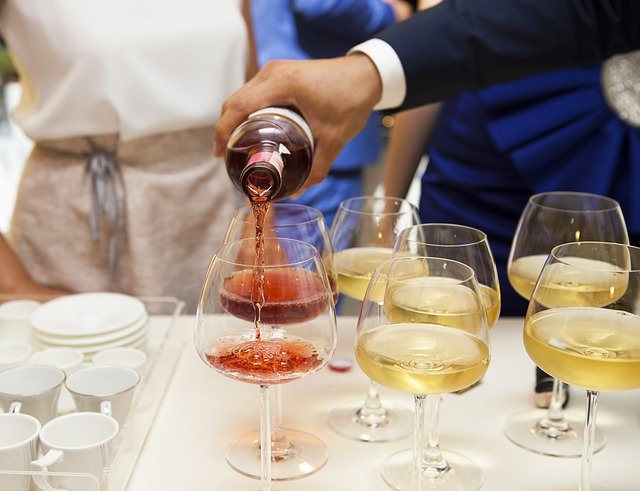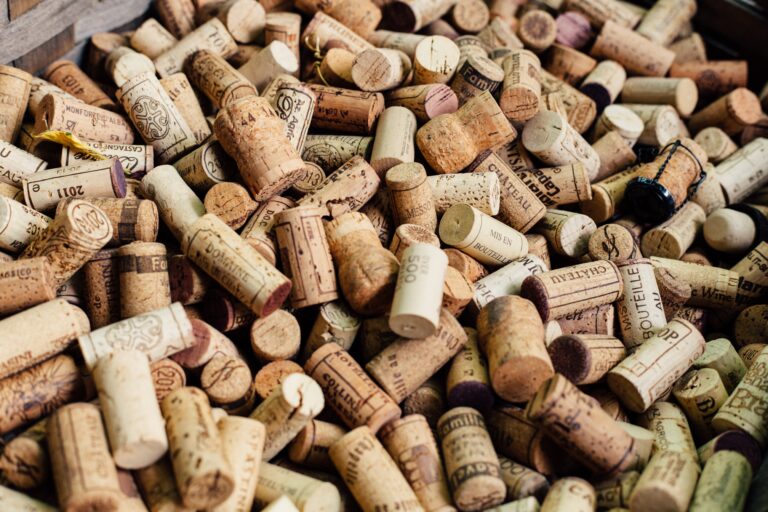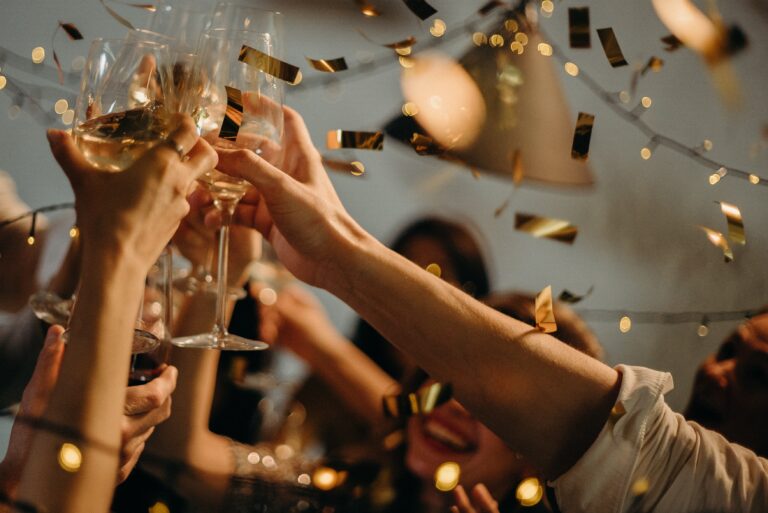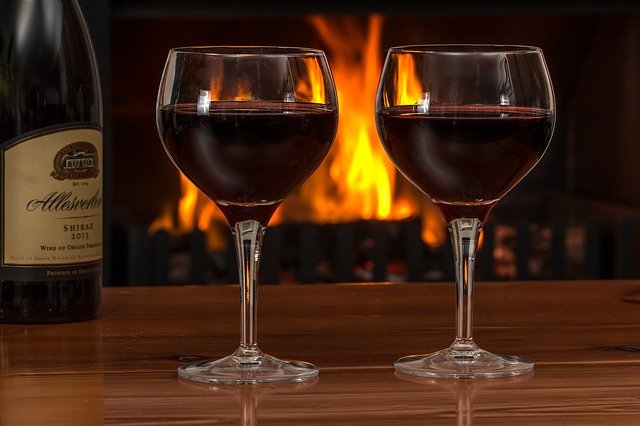What Makes Chablis So Special
Wine drinkers in the United States are becoming more and more interested in wine from all over the world. Although a wine from other countries, like France, Italy, and Argentina, has been readily available for years, wines from lesser-known areas of the world are starting to receive more attention, especially Chablis from France.
This wine variety, which hails from Burgundy in eastern France, has been gaining popularity in recent years due to its excellent taste as well as its comparatively low price tag compared to other French wines like Bordeaux or Champagne. But what exactly makes Chablis so special?
The Vineyards
The soil in chablis is incredibly fertile and is a mixture of limestone, sandstone, gravel and marl. The grapes that grow here produce bright and flavorful wines.
There are four main vineyards in Chablis including Cote de Léchet, Côte de Beaune Auxey-Duresses Clos des Mouches which produces the most sought-after wines with 100% Chardonnay used to make them.
It’s extremely rare to find a Merlot based wine made with any part of these grapes. The general rule of thumb when it comes to wines produced from white grapes is that for red wine you use red grapes and for white wine you use white grapes.
Want to know about Whispering Angel Rose: 9 Things You Should Know
The Varieties
Chardonnay and Pinot Noir are two of France’s most popular white grapes, but you’ll find their character expressed differently depending on where they’re grown.
For example, Pinot Noir grown in Burgundy (known as Bourgogne) has a softer, more supple character than it does when grown in California or Oregon.
The same is true for Chardonnay: it tastes different from Burgundy to Champagne and everywhere in between. With that in mind, here’s a look at some of what makes Chablis so special
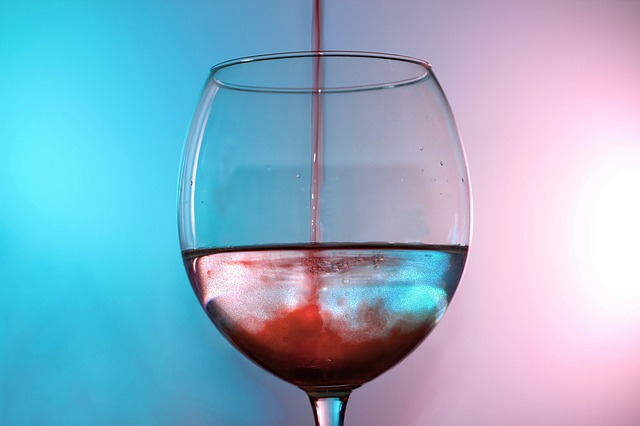
Production Process
Before a vintage can be considered chardonnay from Burgundy it must be a premium wine made from only grapes grown in that region. It can’t include any sugar or other elements, which makes for an intense chardonnay with leaner characteristics. The name comes from where it is produced, in France’s Bourgogne region.
Only grapes grown in Burgundy will have Chablis on their label; anything else is just called Burgundy white wine. For example, if you see Chablis Blanc, that means it is white wine produced in Chablis – not just any old white wine with no added components.
Serving Tips and Pairings
The versatility of Chablis makes it a wonderful wine to have on hand for parties and celebrations. Because of its crisp, dry character, it goes with a wide variety of food without becoming overpowered by flavors.
And since it’s low in tannins and high in acidity, drinking it with fish or chicken is particularly successful. However, because it isn’t as oaky as other white wines, pairings are best done on an individual basis—just remember that leaner dishes will serve better than those with large amounts of fat.
As far as serving tips go, always be aware of what you’re eating; some foods (like cheese) may overpower a wine that would otherwise stand up well against them on their own merits.
Why is Chablis expensive?
Any bottle of Chablis worth $15 or more will almost always be 100% Chardonnay, but don’t let that mislead you: not all bottles labeled Chardonnay are worth drinking.
For example, if a bottle is made from a grape blend rather than a single variety, it might not taste as rich and flavorful. Then there’s also age; although many people assume older wines taste better, that isn’t necessarily true for every type of wine—especially white wines.
While some varieties like Pinot Grigio peak at about 10 years old, for others like Chenin Blanc and Pinot Gris it can take decades to reach their full potential.
Is Chablis a good wine?
What makes a wine particularly special can depend on a number of factors, including its taste, as well as where it’s grown and when it was bottled. When you hear Chablis, does your mind immediately jump to French white wine from Burgundy?
If so, you aren’t alone. This particular region has long been known for producing some of the best wines in France. But even with an already impressive reputation for quality, some bottles have proven to be better than others.
There are three steps to making top-notch Chablis: picking grapes at just the right time and determining how much sugar they contain after fermentation; deciding when to bottle; and finally using suitable storage methods that will help wines stay fresh over time.
What is the grape in Chablis?
There are two grapes used to make white wine in Chablis. The first is chardonnay, which is almost exclusively responsible for crafting authentic dry and sparkling wines made from chardonnay grapes in France.
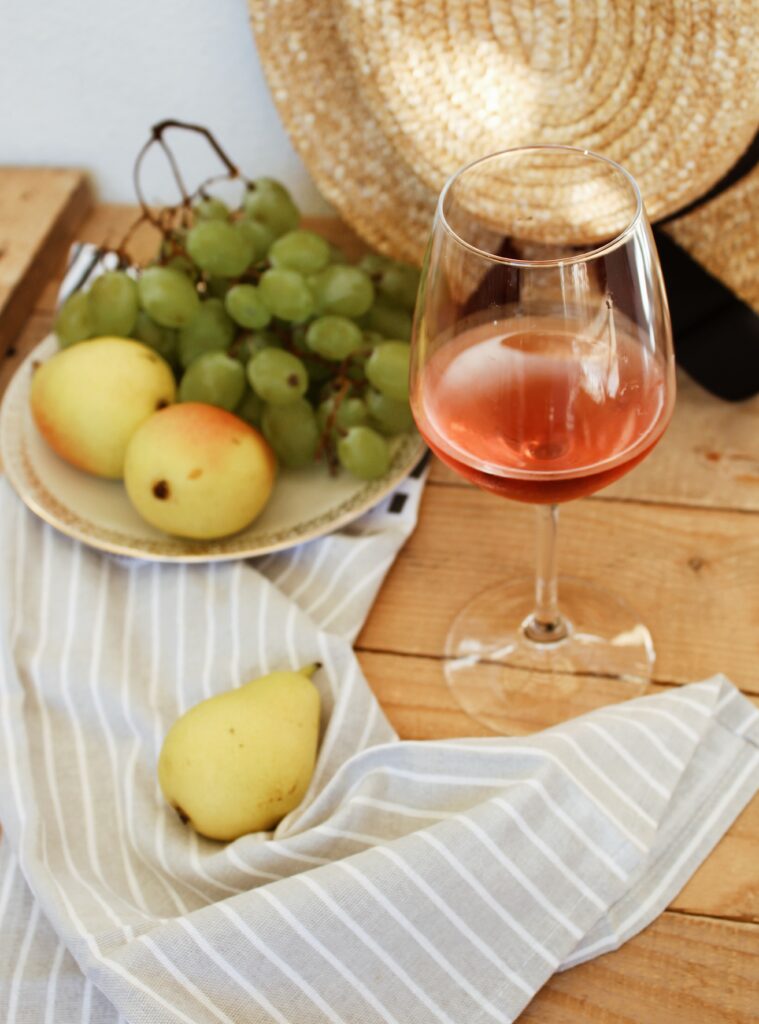
When you’re buying a bottle of chardonnay (or any white wine) labeled Chablis, it means that 75 percent of its volume was crafted from these grapes. Just to be clear, if you see a sparkling wine or brut on a menu and it says Chardonnay, it was probably produced in that city.
Is Chablis dry or sweet?
When most people think of wine, they might think of bottles from France or Italy. But there’s actually a variety of wines from all over that are every bit as special and sophisticated as their Old World counterparts.
As you’re enjoying your next glass of vino, consider trying a bottle from one of these lesser-known wine regions around the world: Chablis is a French wine produced in Burgundy.
It’s best known for its crisp, clean taste, which comes thanks to high levels of acidity and limestone soils that grow thin grapes but help create bold flavors. The region has become quite popular in recent years—but it wasn’t always so easy to find.
Is Chablis similar to Sauvignon Blanc?
There are a lot of similarities between Chardonnay and Sauvignon Blanc. They’re both white wines and come from France, for starters. However, there are some key differences between these two wines that can affect your choice of which to drink with certain dishes or situations.
For example, Sauvignon Blanc is often served with seafood because it’s not as buttery as other whites, but if you try it with an artichoke appetizer, you may be surprised to find that it’s too astringent.
What wine is most like Chablis?
Pinot Grigio, Sauvignon Blanc and Verdejo are all excellent substitutes for Chablis. The wines share a crisp acidity and minerality similar to that of Chablis but exhibit very different flavor profiles. If you enjoy light-bodied whites with acidic flavors, these wines will be your go-to staples.
Pinot Grigio has a much fruitier, more tropical profile than Chablis while Sauvignon Blanc’s grassy flavors are reminiscent of its French cousin.
Verdejo is another option if you want an everyday white wine with a little more character; it boasts floral and herbal notes that complement richer foods well.
Bottom Line
Chablis has a unique taste that allows you to experience something completely different than other white wines out there. The reason for its uniqueness is its terroir and grape varietals, as well as its method of production.
A winemaker in Burgundy can pick a variety of grapes for his wine, but once he chooses Chardonnay or Pinot Noir, he’s committed to following certain rules.
For example, all grapes must be handpicked before they ripen and can only be fermented in small oak barrels rather than large steel tanks. Each step creates subtle variations in taste that together produce something special.

